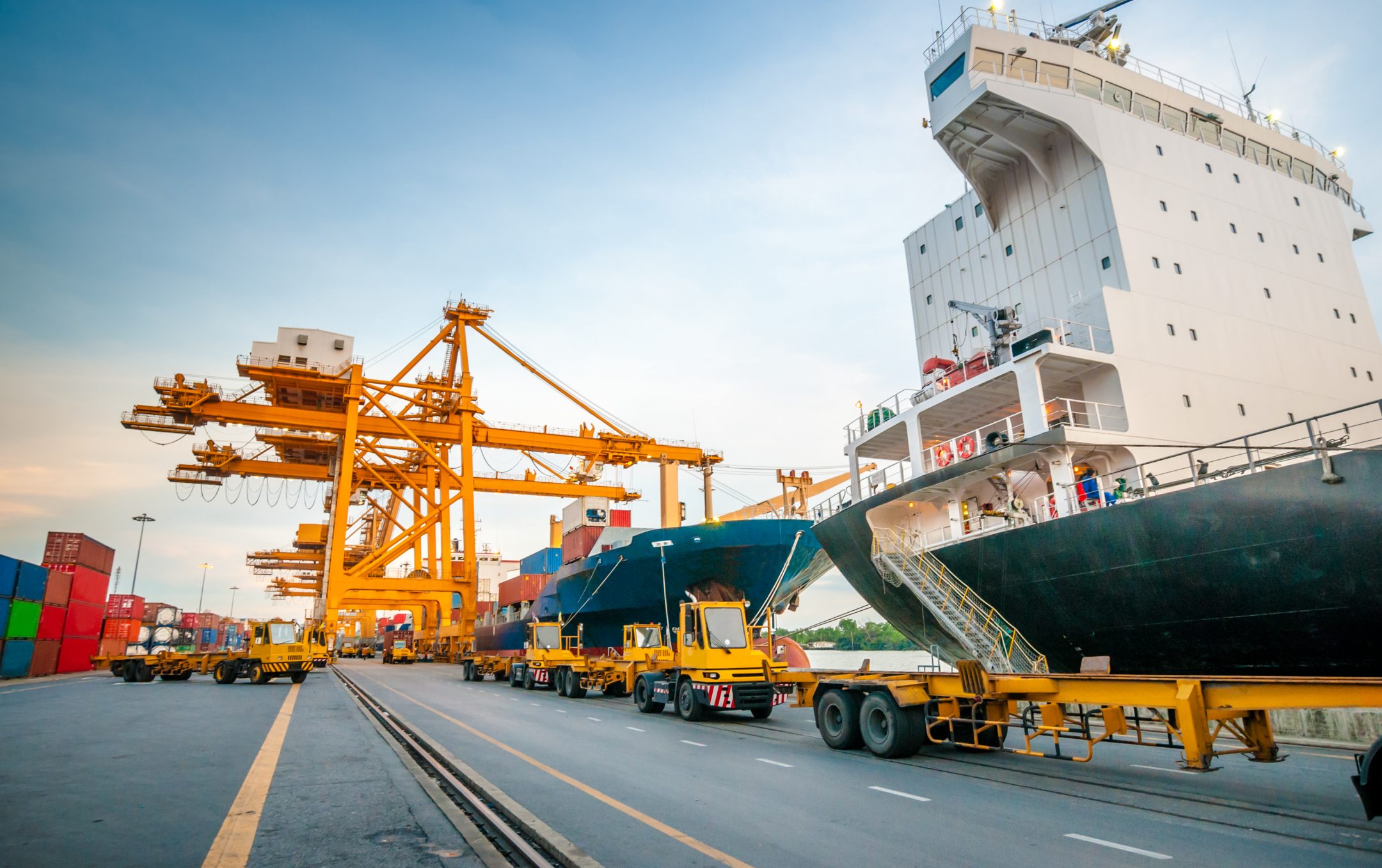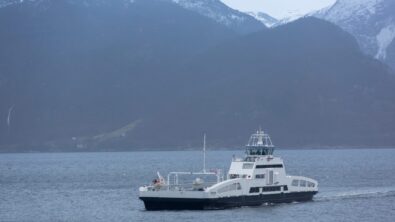Drivers of the Marine Industry – Summary

The marine industry is undergoing tremendous changes thanks to transformative shifts in the world at large and innovations in digital technology. Ship designers constantly think of new design requirements to overcome challenges like climate change, while tools like the digital twin provide new opportunities to integrate them. The full breadth of these challenges will be explored in the brand-new Marine Industry Podcast Series.
The first episode kicks off the series with an in-depth discussion into the largest trends driving the marine industry, featuring Jan van Os, Vice President of the Marine Industry at Siemens Digital Industries Software, and Dale Tutt, Vice President of Industry Strategy at Siemens Digital Industries Software. Together, they delve into Jan’s extensive background in the marine industry before Siemens, as well as identify what factors and trends are influencing ship design today, particularly sustainability and automation.
Meet Jan
Jan has lots of knowledge of the marine industry to share, knowledge acquired from working in it for over thirty years. Before joining Siemens back in 2017, he was a longtime employee in Damen Shipyards in the Netherlands and had worked a variety of jobs. Much of his career was spent in the repair and conversion division, eventually rising to become a managing director at one of Damen’s ship repair yards. Later, he took on multiple project director roles for some of the most complex products produced by his company. Now Jan shares the wisdom and experience he gained over his long career on the podcast.
Designing the ships of tomorrow
According to Jan, the most significant driver of the marine industry is sustainability. The extent of its significance is demonstrated by the International Maritime Organization’s (IMO) strategy to reduce industry emissions by forty percent by 2030, with a later goal of reducing emissions by seventy percent by 2050. Everybody in the industry from shipbuilders to classification societies are expected to comply with the IMO strategy, but as it turns out, many are going beyond. Jan explains how many of the big shipping companies are setting more ambitious targets than the requirements set by the IMO, some even aiming for zero emissions rather than partial reductions. The marine industry is taking sustainability very seriously, so expect ships of tomorrow to reflect that.
Other major trends in the industry include increased efficiency, cost effectiveness, and product complexity. Efficiency is heavily tied to sustainability as companies strive to gain as much energy from sustainable sources. Meanwhile, past crises like the oil shortage and COVID-19 cut deep into the industry’s pockets, encouraging efforts to have the lowest cost of operations among ship operators. Last, but certainly not least, new technologies like sustainable propulsion and interconnective software impose entirely new requirements on ship designs, increasing the complexity of new ships. All these trends combine to add multiple challenges to marine engineers’ design processes.
Automating the shipping lanes
One other trend that Jan was particular to highlight was automation in ships. According to him, many ships are expected to become semi-autonomous, if not completely autonomous, in the next few decades. However, ships completely bereft of crews are not likely, at least not for ships that travel internationally. Not only are there many international regulations that require at least a small crew aboard vessels, traveling across the ocean is far riskier in the event of an incident. If there was a breakdown aboard a ship out at sea, sending a repair party from shore would take too long to arrive, so an onboard crew, albeit smaller, would still be aboard. That said, for coastal ships that stay within the bounds of one country, full automation is more likely.
Automation aboard ships has the benefits of reducing costs of operation, as well as alleviating worker shortages. About one third of a ship’s cost of operation is dedicated toward the crew aboard a vessel, but automating a ship’s systems can reduce that third by about eighty percent. Additionally, the industry is amid a worldwide shortage of sailors. Delegating ship tasks to automated systems will reduce the number of sailors required aboard a ship, thereby reducing the effects of the shortage. This would also change the skillset of sailors, with smaller crews promoting well-rounded, versatile roles rather than highly specialized ones. Crews will become smaller with automation, but also more adaptable and impactful.
New horizons
There are many trends shaping the future of the marine industry and changing the way ships will be designed. While plenty are not new to the industry, larger trends like sustainable propulsion and automation present opportunities to completely transform how the ships of tomorrow will operate. It will be exciting to see how those transformations will unfold, so be sure to tune into the future episodes of The Marine Industry Podcast Series to stay up to date.
Listen to the full episode or read the transcript to experience the entire conversation.
Siemens Digital Industries Software helps organizations of all sizes digitally transform using software, hardware and services from the Siemens Xcelerator business platform. Siemens’ software and the comprehensive digital twin enable companies to optimize their design, engineering and manufacturing processes to turn today’s ideas into the sustainable products of the future. From chips to entire systems, from product to process, across all industries. Siemens Digital Industries Software – Accelerating transformation.


